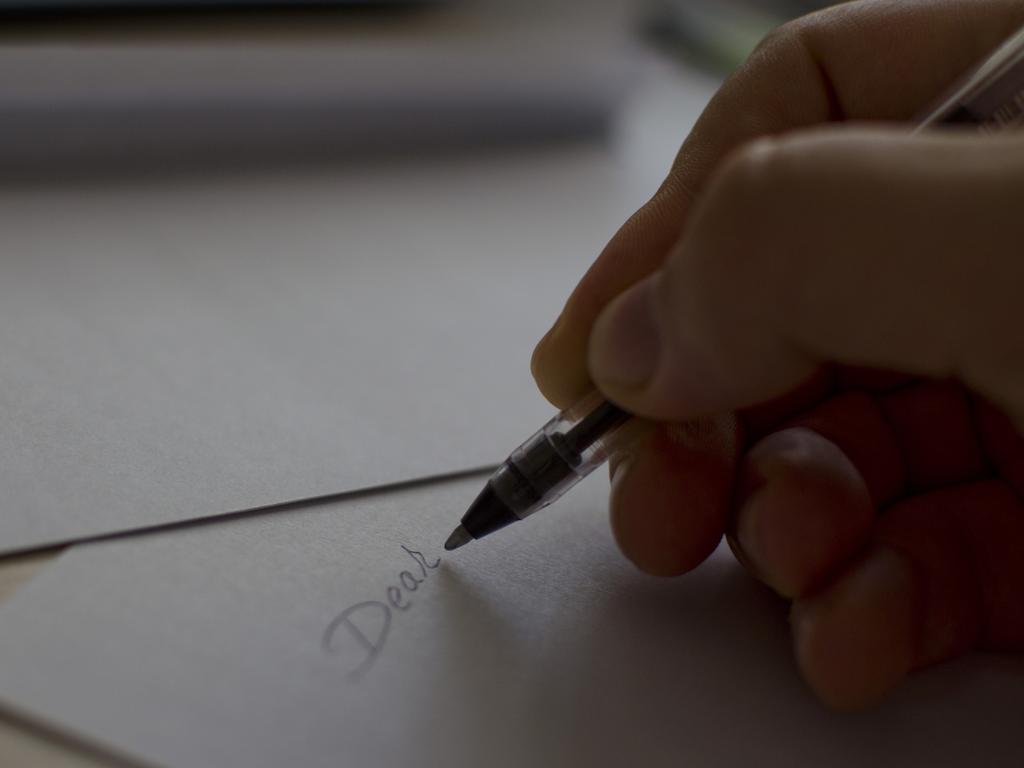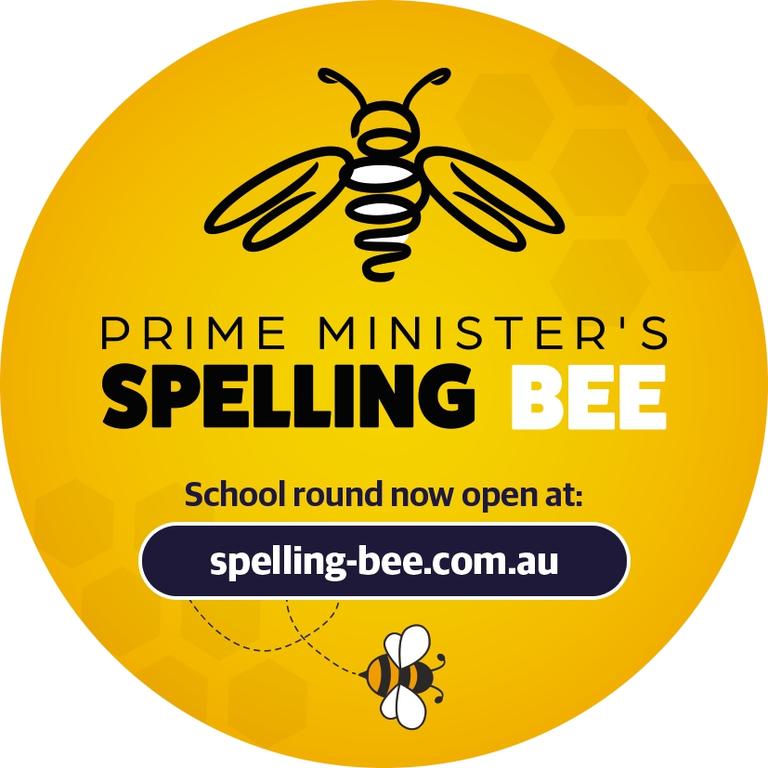Art of letter writing should be saved from dustbin of history
Writing letters by hand was once a primary form of human communication – it’s a dying art now but experts say the practice should be rescued from the dustbin to help Gen Alpha thrive

READING LEVEL: GREEN
Opening your mailbox to find a personalised letter from a family member, friend or even a pen pal from the other side of the world used to be commonplace*. But the special pleasure of sending or receiving a handwritten missive* is one that many Gen Alpha kids have never and likely will never know, unless the art of letter writing is revived.
And there are plenty of good reasons why it should be, according to experts.

ReachOut clinical lead Linda Williams said that letter writing was a valuable form of self care.
“It can help us to understand how we are feeling, share in a non-intimidating way, unburden ourselves of our worries, say goodbye to different feelings or chapters in our lives, and to connect with others if we choose to share our letter,” Ms Williams said.
By forging meaningful connections and releasing negative thoughts and feelings, letter writing could also be helpful for kids during stressful periods.
“ReachOut offered young people opportunities to write letters to themselves and people in their lives as Covid lockdowns ended, as a tool to help them process their feelings and the experience,” Ms Williams said.


When it comes to the physical act of putting pen or pencil to paper, letter writing has proven to be additionally beneficial for children’s cognitive* and fine motor skill* development, as well as recall* and literacy*.
These benefits are why handwriting remains a key part of the school curriculum, said Deakin University senior lecturer in language and literacy education, Dr Maria Nicholas.
“Handwriting helps children to develop their fine motor skills and co-ordination – movements that are required for everyday school and work-related activities, including but not restricted to their ability to write legibly and fluently,” Dr Nicholas said.

Watching the letters being formed, and feeling the movement of the pen, combined to create a stronger memory of what was written than typing the same word, according to the director of ACU’s Australian Centre for the Advancement of Literacy, Professor Rauno Parrila.
“There is also evidence that handwriting improves letter recognition for children just learning to read,” Prof Parrila said.

Dr Nicholas suggested that engaging children in letter writing came down to making the process meaningful to them.
“Whether children are writing letters to a friend, the principal, a family member, a favourite author or a key figure in the community, these sorts of scenarios engage children in writing lessons that motivate them to learn because they have an authentic purpose for the activity,” she said.

Teachers can register students in Years 3-8 for the free Prime Minister’s Spelling Bee until August 23. Head to spelling-bee.com.au for more information and to enter.
POLL
GLOSSARY
- commonplace: a regular occurrence, nothing out of the ordinary
- missive: letter, written communication, note
- cognitive: relating to the mental process involved in knowing, learning and understanding
- fine motor skills: set of skills needed for reaching, grasping and manipulating objects with your hands and fingers
- recall: remembering, recollecting, ability to call on memories of different things
- literacy: ability to read, write, communicate and understand
EXTRA READING
Kids go for gold in Spelling Bee
Scam smart kids start with ABCs
PM e-n-c-o-u-r-a-g-e-s kids to BEE in it
QUICK QUIZ
- ReachOut’s Linda Williams said that letter writing was a valuable form of what?
- What benefits does Ms Williams ascribe to letter writing?
- When did ReachOut offer letter writing opportunities to young people and why?
- What are fine motor skills and co-ordination required for, according to Dr Nicholas?
- How does Dr Nicholas think letter writing can be made engaging to young people?
LISTEN TO THIS STORY
CLASSROOM ACTIVITIES
1. Letter writing
There you have it, so many reasons to write handwritten letters to someone you’d like to engage with as the practice has a wide range of benefits.
Write a letter to yourself for your children or other family members to read as they grow up. It could be outlining what life is like for a nine, 10, 11, 12 etc. year old in 2024. It would be so interesting for a child to read in another 20, 30, 40 years’ time!
Your letter could include such things as daily life, school life, after school activities and how you entertain yourself on weekends etc.
It can be written as Dear ………, a day in the life of ___________ in 2024.
Use your neatest, most legible handwriting to practise letter formation as you go. You might even like to use your cursive or joined handwriting for extra practice.
Think about where you could store this letter to last a long time. A safe at home, in a time capsule etc.
Enjoy your writing and recollection of your life.
Dear ___________,
Time: allow 40 minutes to complete this activity
Curriculum Links: English, Personal and Social, Critical and Creative Thinking
2. Extension
How do you feel when you receive a letter? Think about someone in the community or in the world who could use a letter right now to lift their spirits. Pen a letter to them and ask a family member to accompany you so you can send it from the post office or deliver it by hand if the recipient lives nearby.
Time: allow 20 minutes to complete this activity
Curriculum Links: English, Personal and Social, Critical and Creative Thinking
VCOP ACTIVITY
You’re a hero in my eyes
Sometimes heroes go unnoticed. They are everyday people, who make a big difference to those they meet.
Write a letter to a hero in your eyes. Explain to them why they are your hero and that you have noticed them. Your letter can be anonymous or you can personally sign it off.
Remember when writing a letter:
• start with a greeting: Dear Sir,
• then on a new line, write the body of the letter.
• finish with a closing: Kind regards,
• and finally, sign the letter.
Try to include detail and emotion in the letter to connect with your target audience: your unsung hero.


